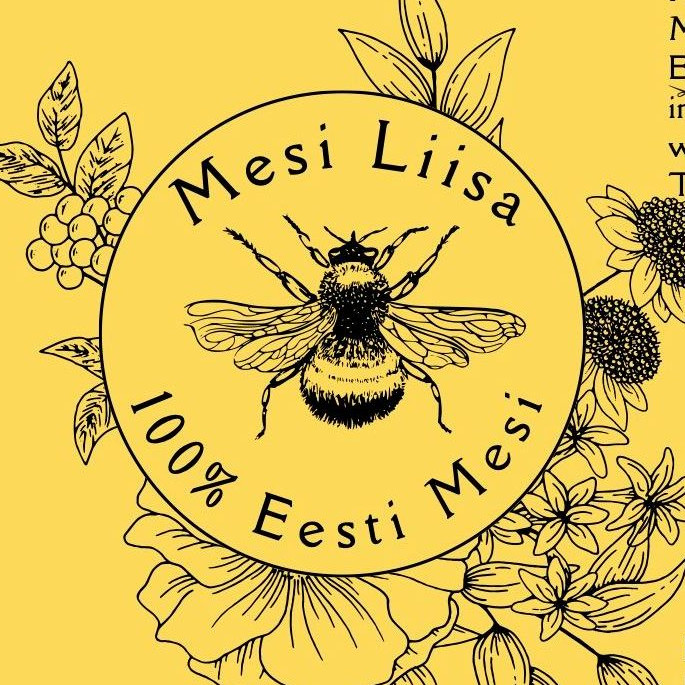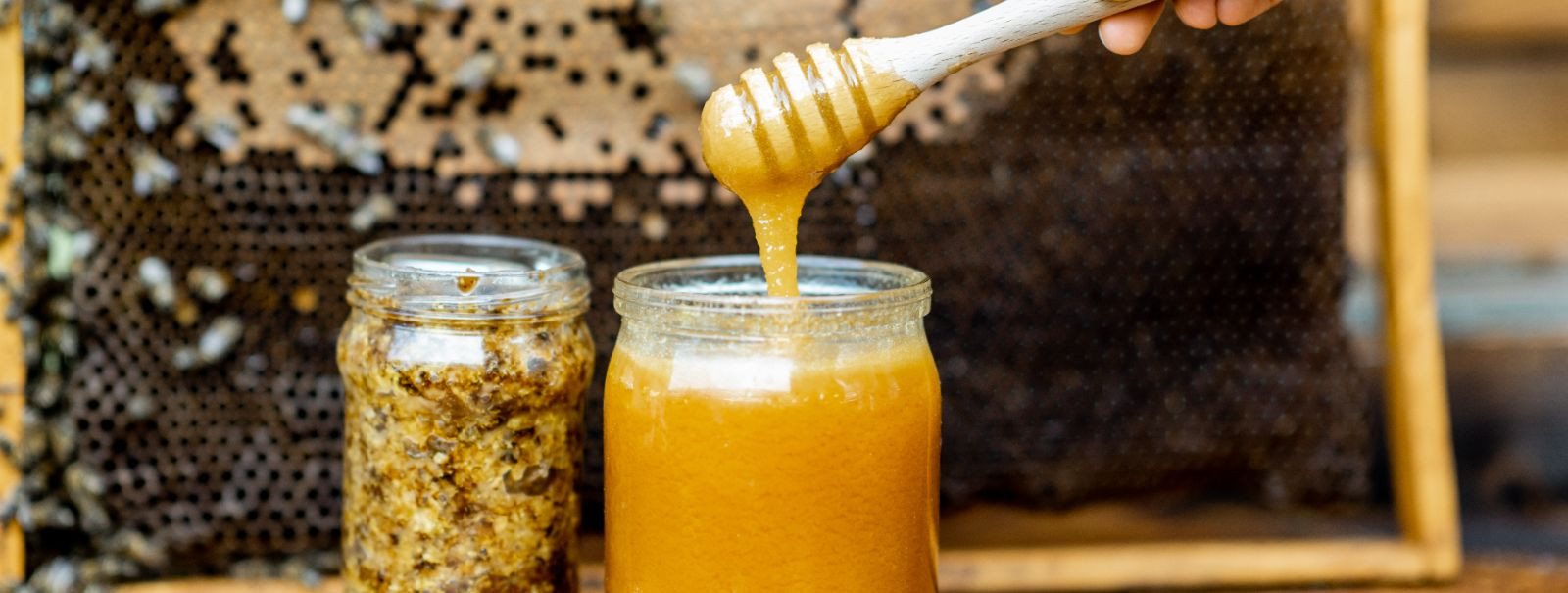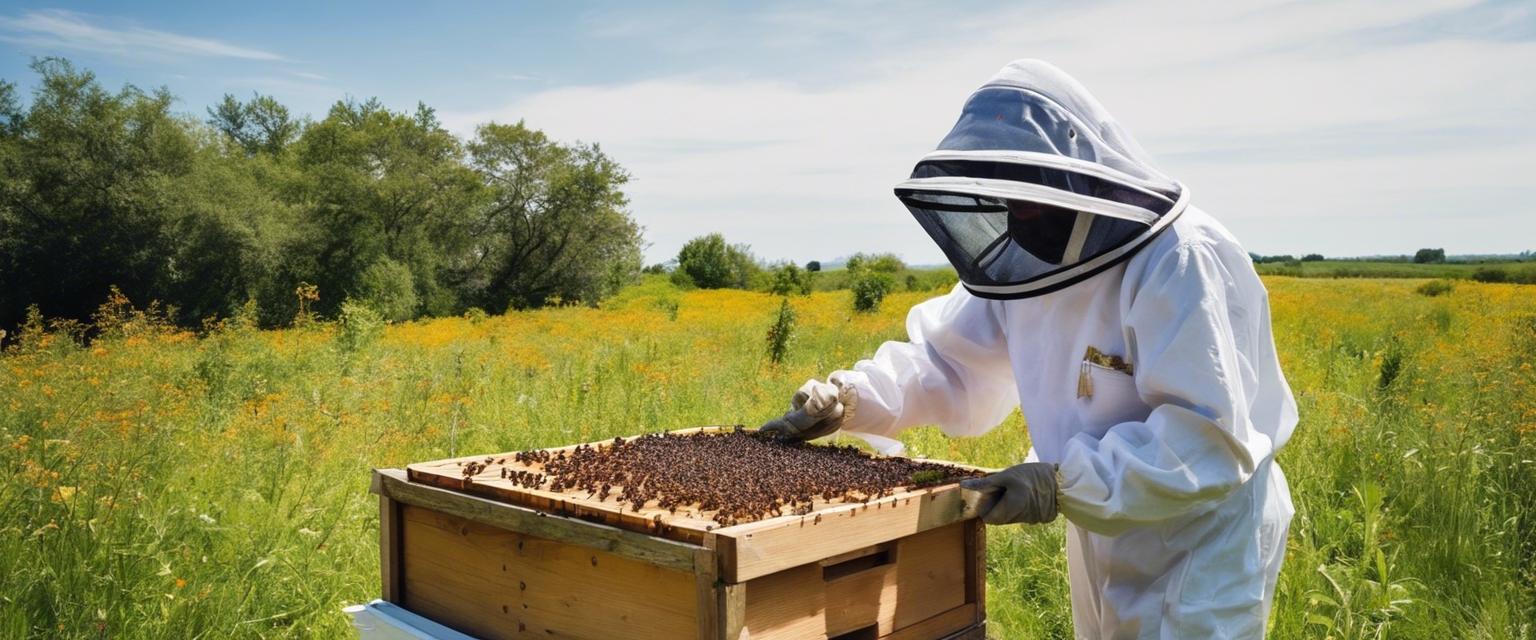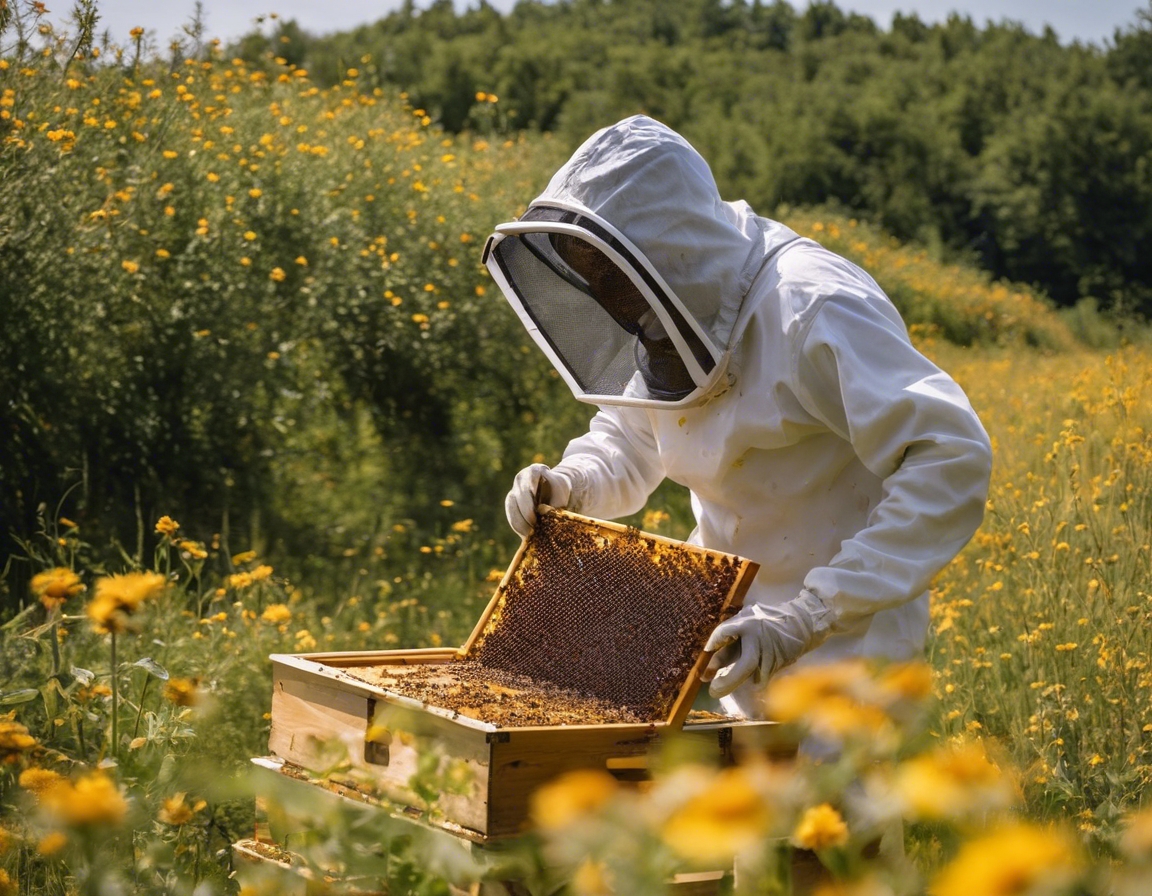The journey of honey: from bee to bottle
Honeybees are not just producers of the sweet, golden liquid we love; they are vital to the health of our ecosystem. Understanding the life of a honeybee and their role in our environment is the first step in appreciating the journey of honey from bee to bottle.
Honeybees live in well-organized colonies, each with a single queen, thousands of workers, and, during certain seasons, hundreds of drones. The workers forage for nectar and pollen, which are converted into honey within the hive.
Bees are pollinators, playing a crucial role in the reproduction of many plants and crops. Without them, our food supply and natural habitats would be at risk.
The Art of Beekeeping
Beekeeping is an ancient practice that has evolved over time. Today, it balances tradition with modern techniques to ensure the health of bee colonies and the quality of honey produced.
While traditional methods rely on natural processes, modern beekeeping often involves managed hives, selective breeding, and even mobile apps for hive management.
Sustainable beekeeping practices are essential for maintaining healthy bee populations and ecosystems. This includes responsible hive management, disease control, and habitat preservation.
The Honey Harvesting Process
The journey from hive to bottle begins with the careful collection of honeycomb frames and ends with the extraction and purification of honey.
Beekeepers collect frames filled with honeycomb from the hive when the honey is ripe. This timing is crucial for the quality of the final product.
Using a centrifugal extractor, honey is spun out of the comb without destroying it, allowing bees to reuse the wax cells.
After extraction, honey is strained to remove wax and other impurities. It then settles in tanks before being gently warmed for bottling to preserve its natural enzymes and nutrients.
The Bottling and Labeling of Honey
The final steps in the journey of honey involve ensuring its purity and quality before it reaches consumers. This includes meticulous bottling and accurate labeling.
Quality control is paramount. Honey is tested for purity and consistency, ensuring that it meets high standards before bottling.
Traceability from hive to bottle is important for authenticity and consumer trust. Labels provide information on the origin and type of honey, as well as any certifications.
The Benefits of Honey
Honey is not only delicious but also packed with nutritional and medicinal benefits. It has been used for centuries as a natural remedy and a healthier sweetener alternative.
Honey contains natural sugars, vitamins, minerals, and antioxidants. Its composition varies depending on the floral source of the nectar collected by bees.
From soothing sore throats to healing wounds, honey has a wide range of medicinal uses. Its antibacterial properties make it a staple in natural health care.
Supporting Local Beekeepers and Sustainability
Choosing local honey supports beekeepers in your community and contributes to sustainable practices that benefit the environment and the bees.
Local honey not only supports the livelihood of beekeepers but also ensures you're getting the freshest product possible. It also helps in maintaining local bee populations and biodiversity.
Supporting local beekeepers, planting bee-friendly gardens, and advocating for policies that protect bees are ways you can contribute to the sustainability of bee populations and their habitats.






Comments (0)